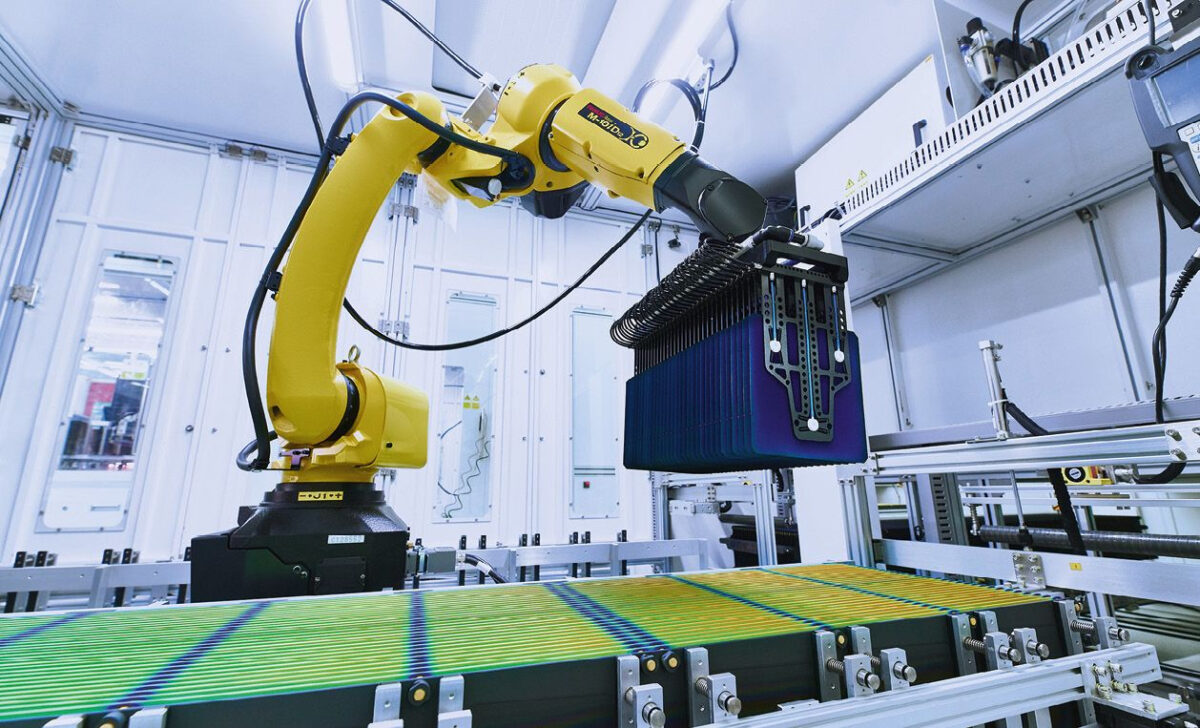Chinese solar module maker JinkoSolar has unveiled its 2023 financial report, showcasing notable growth in both revenue and net profit. It said that it recorded revenue of CNY 118.682 billion ($16.38 billion), up 43.55% from the preceding year. Its net profit attributable to shareholders of listed companies reached CNY 7.440 billion ($1.06 billion), up 153.20% year on year.
It attributed the revenue surge to a significant uptick in shipments of PV modules, at 78.52 GW for the full year, up 77.1% from 2022, alongside the sale of 5.04 GW of other solar products. JinkoSolar said it reclaimed the top position in the industry rankings for module shipments in 2023, surpassing Longi and regaining the No. 1 spot after a three-year hiatus.
JinkoSolar credited its growth in profitability to higher sales revenue and a better gross profit margin achieved through cost management. Despite declining module prices and heightened competition in the downstream installation market in 2023, it said managed to achieve a gross profit margin of 14.21%, marking a 3.74 percentage point increase from 2022.
The company noted its commitment to control costs, including the use of cost-effective granular silicon as a raw material and ongoing innovation in production processes to drive additional cost reductions.
Popular content
JinkoSolar claimed it has a laboratory efficiency of 26.89% for tunnel oxide passivated contact (TOPCon) cells and a 32.33% efficiency for TOPCon/perovskite tandem cells. By the end of 2023, its mass-produced n-type cells achieved an average efficiency exceeding 25.8%, delivering modules with about 30 W more power than their similarly sized P-type counterparts.
JinkoSolar said it expanded its n-type production capabilities to more than 70 GW at the end of 2023, shipping 48.41 GW of n-type modules during the same year – a notable 352% increase from the preceding year, and accounting for around 62% of its total module shipments.
By the end of 2023, JinkoSolar had vertically integrated production capacities of 85 GW, 90 GW, and 110 GW for wafers, cells, and modules, respectively. The company said it anticipates further growth to 120 GW, 110 GW, and 130 GW in these core segments by the end of 2024.
This content is protected by copyright and may not be reused. If you want to cooperate with us and would like to reuse some of our content, please contact: editors@pv-magazine.com.


1 comment
By submitting this form you agree to pv magazine using your data for the purposes of publishing your comment.
Your personal data will only be disclosed or otherwise transmitted to third parties for the purposes of spam filtering or if this is necessary for technical maintenance of the website. Any other transfer to third parties will not take place unless this is justified on the basis of applicable data protection regulations or if pv magazine is legally obliged to do so.
You may revoke this consent at any time with effect for the future, in which case your personal data will be deleted immediately. Otherwise, your data will be deleted if pv magazine has processed your request or the purpose of data storage is fulfilled.
Further information on data privacy can be found in our Data Protection Policy.